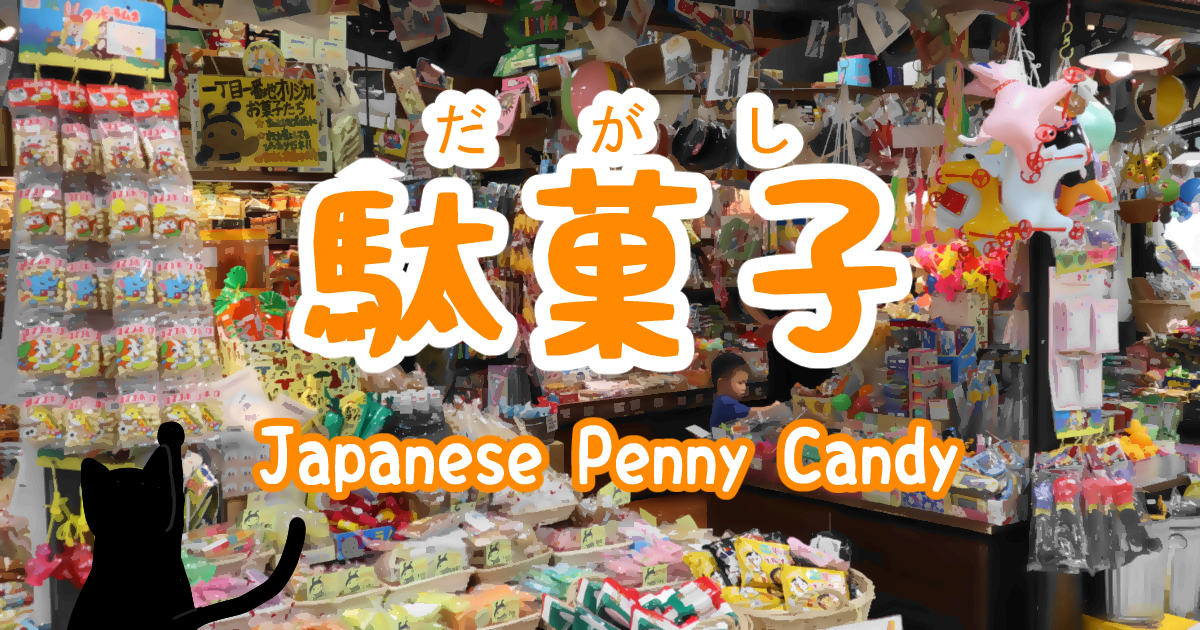You might have had sweet memories in your childhood when you got penny candies from the pocket money that your parents gave you. That excitement when you go home with the candies you got would be unforgettable.
Penny candy is called “dagashi (駄菓子)” in Japanese. Dagashi has a huge variety of types and has a long history. We will introduce Japanese penny candies in this article. Let’s take a look at sweet Japanese memories!
What is dagashi 駄菓子?
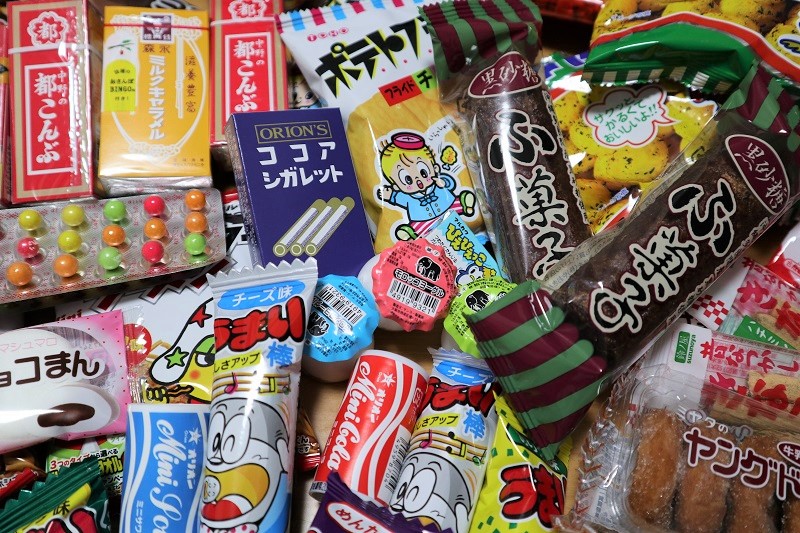
Dagashi (駄菓子) are cheap candies and snacks for children. They have many varieties and each one is packaged in a colorful wrapping that is designed with some unique characters.
The variety of dagashi ranges from chocolate, caramel candy, gummies, chips, and small instant noodles.
Although some prices of dagashi increased from the influence of the economy, you can still buy most dagashi with 10 yen to 100 yen; it is about 10 cents to one dollar!
There were many local candy shops in Japanese towns up until the Showa era, but many shops had disappeared nowadays with the passing of the years. You can get dagashi in supermarkets, convenience stores, and chain snack shops if you want to get some.
Why is it called “dagashi”? The answer is in the history.
The character 駄(Da) of 駄菓子 is used for negative words like 駄目 (bad) or 無駄 (futile). So, why do Japanese people call it “dagashi”?
The etymology of “dagashi” is said to have started from the Edo period, but there is no solid proof of this claim. In the Edo period, Japanese peasants couldn’t have sweets or desserts that are made with a lot of sugar, because sugar was a luxury good at that time. The sweets they could have were of bad quality, and starch syrup and muscovado were used to make it.
These sweets were called “yonmongashi (四文菓子)”, which means a candy you can get with “yonmon" (about 40 cents) in the Edo period. Compared with high-grade sweets that only nobles could have, it was started to be called “dagashi” which means "bad sweets."
The amount of imported sugar from Taiwan and Saipan had increased and got more common among ordinary people in the Meiji period. Some companies started to make their own brands of dagashi at that time.
But during the war, the Japanese government had controlled food production and the production of dagashi stopped for a short time. But because of the baby boom in the Showa era after the war, the production of dagashi was restarted and many confectionery makers made their own brands. Dagashi is a reflection of Japanese children’s joy and happiness.
Let’s see real dagashi!
We will introduce some dagashi that are popular among Japanese children.
うまい棒 (umai-bou)
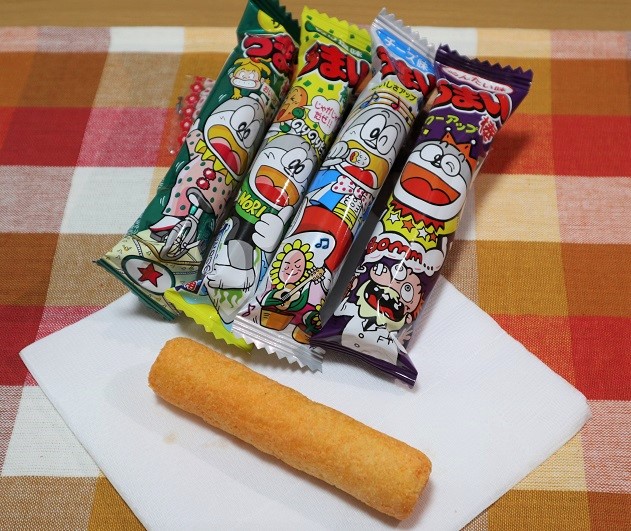
うまい棒 (umai-bou) is one of the most popular dagashi for Japanese people. It is made of cornstarch, flour, dairy, and some seasonings.
It is savory and crunchy and so good, with a low price of just 10yen (10cent)! うまい棒 has more than 40 flavors like chocolate, cheese, corn soup, tonkatsu sauce, and teriyaki burger. うまい棒 is a dagashi brand loved by Japanese people from 1979. Try to find your favorite flavor!
チロルチョコ (chiroru-choco)
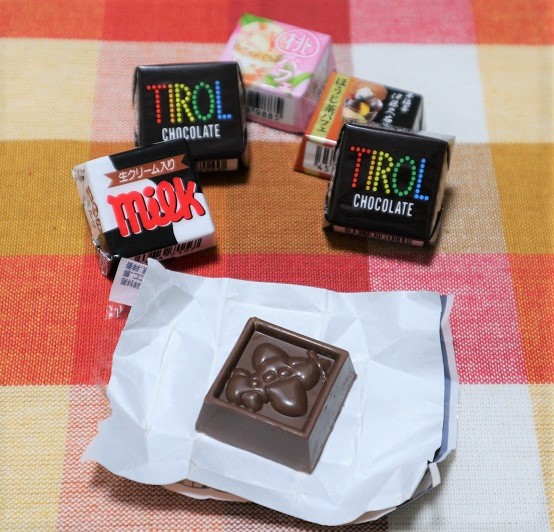
チロルチョコ (chiroru-choco) is a cute bite-sized chocolate dagashi. The dagashi brand started in 1962 and got individually packaged for sale in 1979.
It also has a huge variety. Chiroru-choco’s main flavors are coffee, milk chocolate, strawberry chocolate, matcha mochi, and kinako mochi (kinako is soy powder). There are also seasonal flavors and limited-time flavors. The cute package is one charm of this dagashi.
ポテトフライ (poteto-furai)
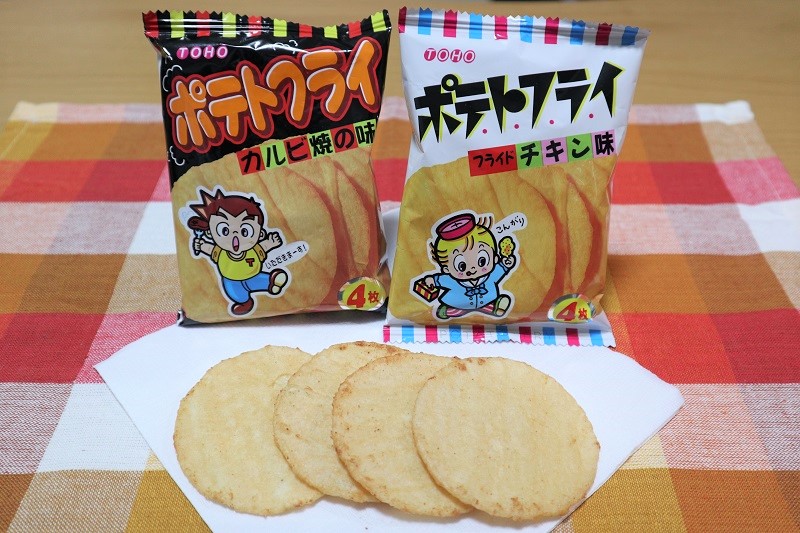
ポテトフライ (poteto-furai) is a type of chip dagashi. It’s crunchy and savory with umami seasoning. It has 4 chips in a pack and the price is 30yen (30 cents)!
The ingredients are flour and potato and some seasonings. When you want to have a bit of something salty, this is the best dagashi for you!
プチプチ占い (puchi-puchi uranai)
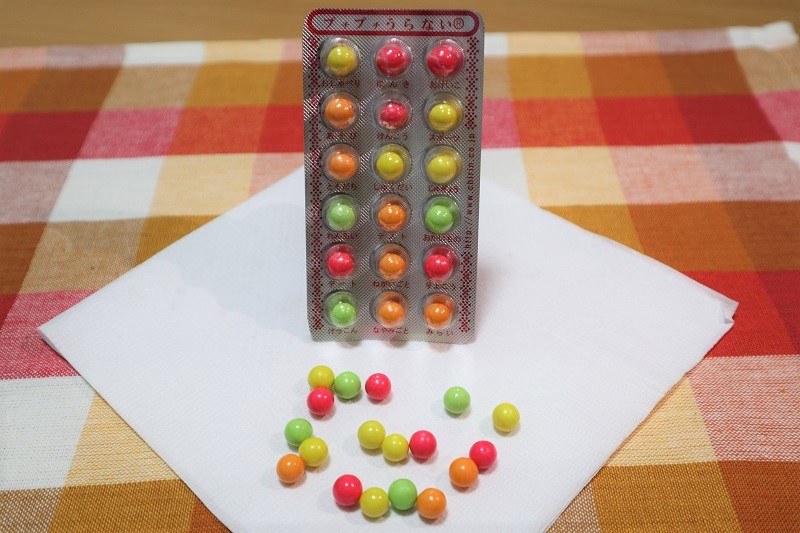
プチプチ占い (puchi-puchi uranai) is small chocolate ball dagashi. プチプチ (puchi-puchi) is the Japanese onomatopoeia for when you make something pop-out, and 占い (uranai) means fortune-telling.
It has 18 topics printed on the package for fortune-telling, like luck in popularity, dreams, homework, and romance.
ふ菓子 (fugashi)
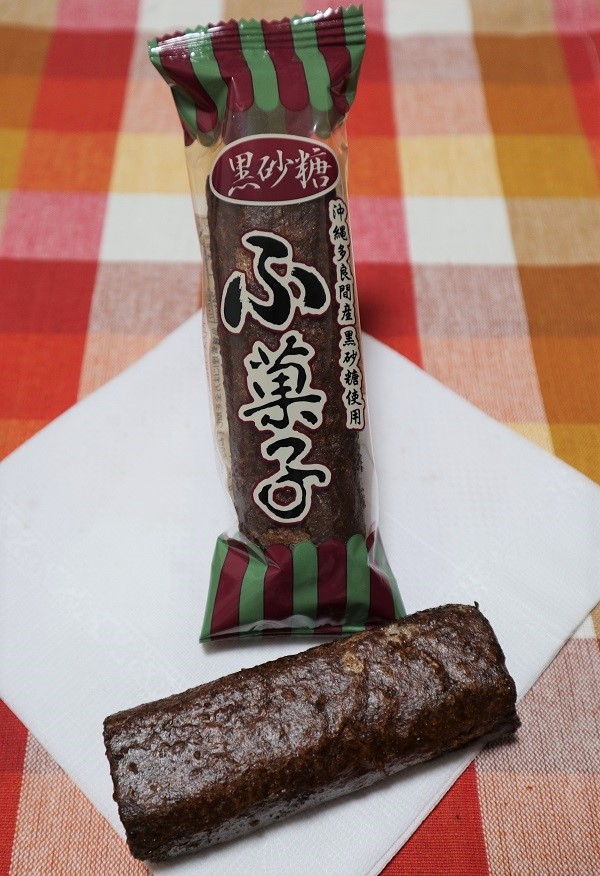
ふ菓子 (fugashi) is a dagashi that has a history since the Edo period. In the Edo period, it was seasoned with soy sauce, but it started to be seasoned with sugar and syrup in the Showa period.
It is made of wheat gluten (ふ) and sugar. Japanese people feel nostalgic when they eat ふ菓子.
森永ミルクキャラメル (morinaga-milk caramel)
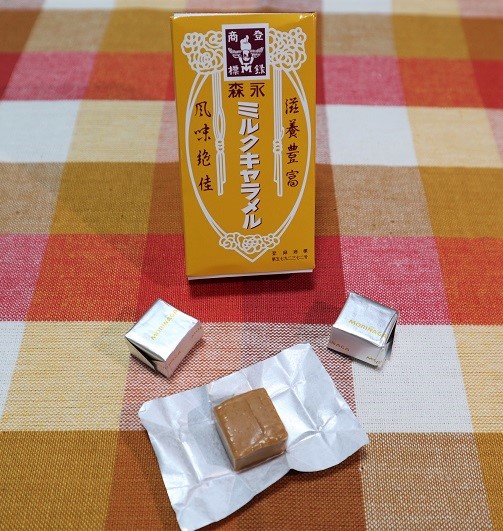
森永ミルクキャラメル (morinaga-milk caramel) is a long-time seller since 1899 (The Meiji period). The package has not changed a lot since the 1920’s one.
You might feel the Meiji and Taishou period while you eat the caramel.
Summary
The history of dagashi is a history of Japan.
Japan was a poor country before the war; Japanese low-class people couldn’t have good sweets. So they created dagashi.
Dagashi is the fruit of Japanese poor people’s wisdom and innovation.
If you get a chance to have dagashi, try it out and find your favorite dagashi😊
Works cited
○駄菓子屋横町の昭和史 by 松平誠
The Cheap Candy Stores’ Alley by Makoto Matsudaira, 2005 published in Japan.
○うまい棒の種類を紹介!1979年に発売されてから40種類以上も! | 食・料理 | オリーブオイルをひとまわし (olive-hitomawashi.com)

